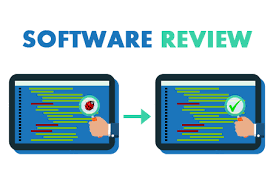Recently we completed a GIS Strategy for the Qld Dept of State Development, Tourism and Innovation.
A key recommendation for the Future State was to build a corporate database as the first stage of an enterprise GIS environment.
This required a corporate spatial data model / dictionary and metadata regime be developed.
Why was this so important? Because the current GIS teams all used different data structures for their own shape files stored on their network & USB drives, most containing data from other spatial systems at different points in time, including data from engineering consultants’ shapes.
Because the enterprise GIS required that all users access a single logical corporate database, this required data to be commonly identified, stored, symbolised, attributed, topologically-structured and annotated. That is, the data needed to be in a common data model with consistent, current and complete metadata attached.
And this data model needed to reflect the business requirements of each team of users.
Sounds sensible? But you’d be surprised at how difficult this was to achieve.
At the end of the project the Department said that “Corporate GIS technical expertise, strong business and client focused attributes assisted in successfully navigating through the complex mix of geospatial technologies to deliver a concise GIS Strategy and implementation.”



